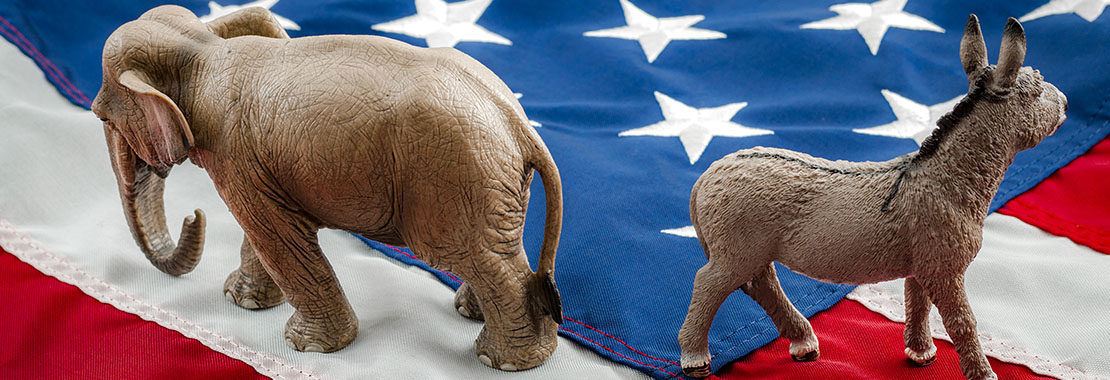Author: Emily Farris, Texas Christian University
This past spring, I opened my Introduction to American Politics asking my students to come to the first day having read the syllabus and Dr. Seth Masket’s piece in Pacific Standard, “The Crisis in Political Science Education.”
Dr. Masket writes:
“Professors are increasingly finding that their commitment to non-partisan education is in conflict with their commitment to inclusivity.”
He details how this conflict has sharpened recently, with Trump and other Republicans employing racism (and I’d add sexism) in their governing philosophy.
Civility Policy
I used Dr. Masket’s piece to help frame the conversation around the civility policy on my syllabus. Over the years, I’ve developed the policy from an informal conversation to a written policy in my syllabus, in part as a response to this crisis discussed in the piece. On my syllabus, I describe the classroom as a place where diverse ideas can be explored with respect in order to promote learning and growth. I explain that we each come with different backgrounds and experiences, and I expect us to remain respectful as we explore ideas. Following my university’s guidelines, I state that ad hominem attacks, epithets, and editorial content that is harmful or demeaning will not be permitted in the class.
Teaching Introduction to American Politics in the current political era, particularly with Trump in office, can be challenging for instructors wishing to create an inclusive classroom and trying to remain nonpartisan. Instructors should consider ways to make their classroom’s more inclusive and how they’ll approach this conflict.
Some questions for you to consider as you develop your syllabus:
- What can I do to make all students feel welcome in the classroom?
- How can I ensure a civil dialogue or debate on a wide range of issues?
Some discussion questions as you review a civility policy or approach in your classroom:
- What are some common guidelines we want to establish for discussion for all of us?
- What expectations do you have of me, as your professor?

